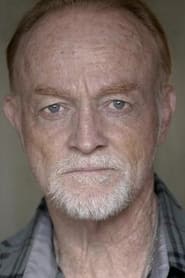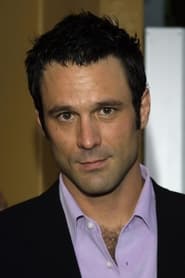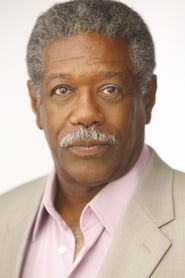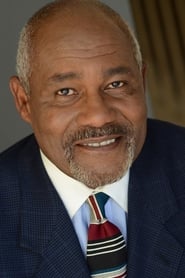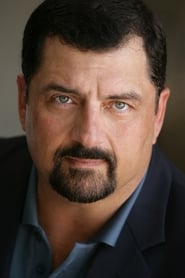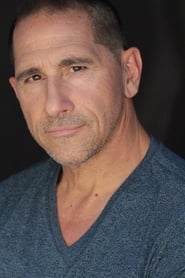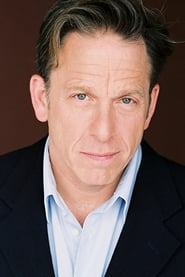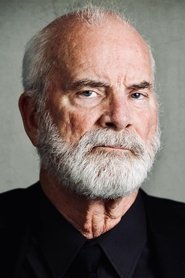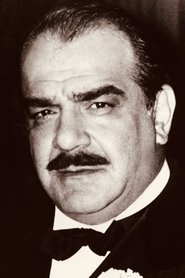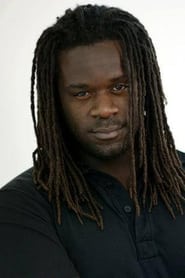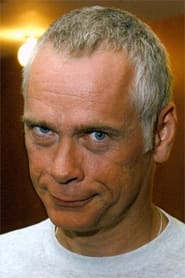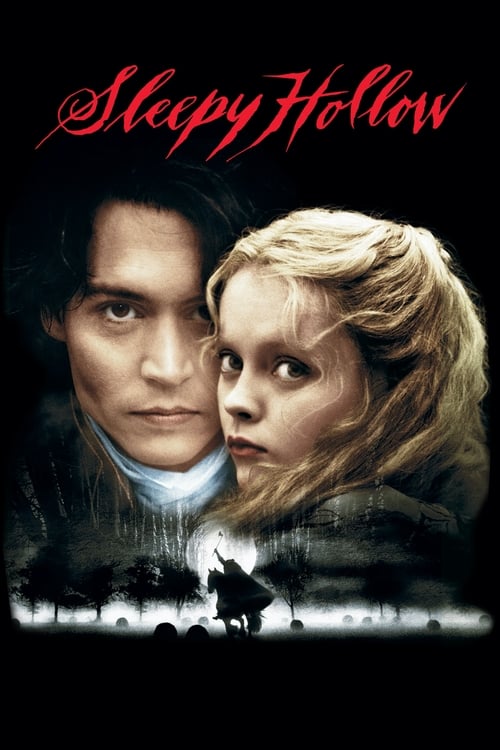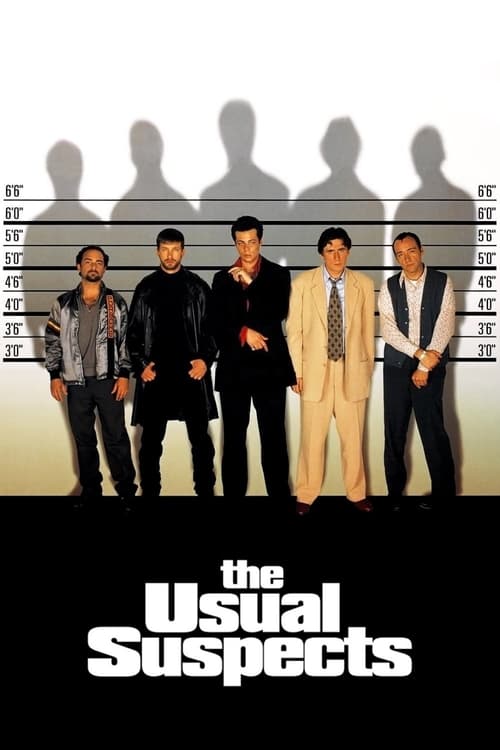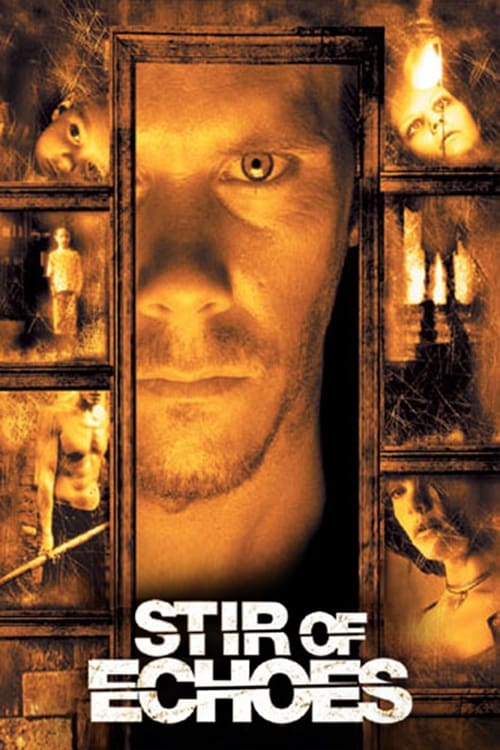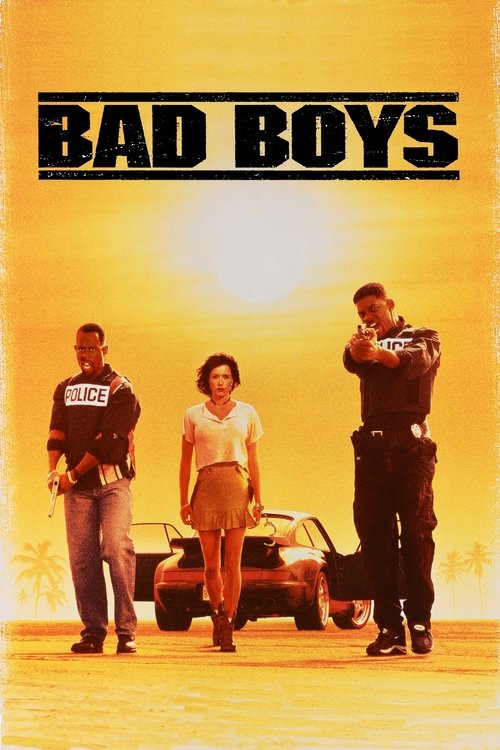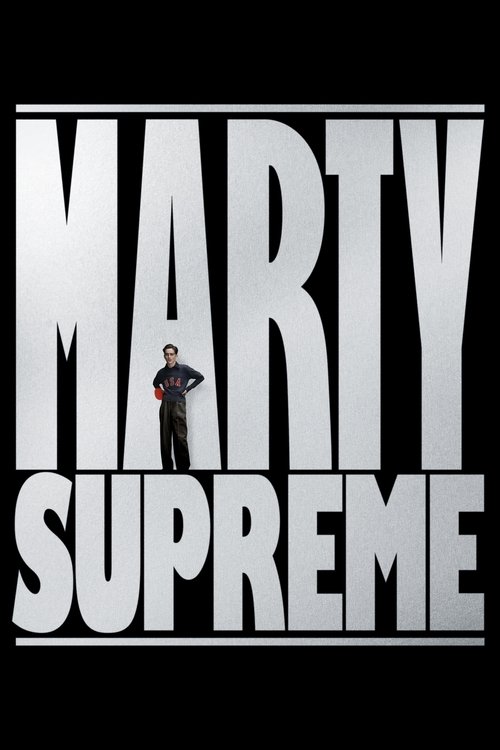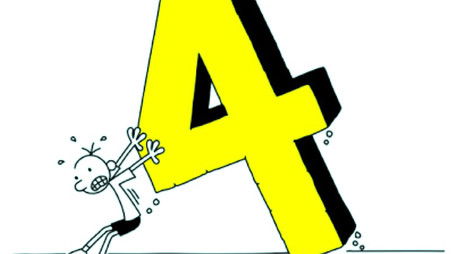
Ask Your Own Question
What is the plot?
The gun barrel presses cold against the inside of the narrator's mouth. Tyler Durden's hand is steady, his eyes locked onto the narrator's. "People are always asking me if I know Tyler Durden," the narrator thinks, voiceover calm, almost amused, as the camera spirals backward through his synapses, through fear and adrenaline, through the darkness of his own skull. The film rewinds, pulling us back to the beginning, to the mundane world before everything shattered.
The Mundane Life
Six months earlier, the narrator--never named in the film, but sometimes called "Jack" by fans and in the script--sits at his desk in a fluorescent-lit office, a recall coordinator for a major car company. His apartment is a catalog-perfect showroom of IKEA furniture, each item a hollow trophy of consumerism. He cannot sleep. The nights stretch, endless and empty, until he discovers a peculiar form of relief: support groups for the terminally ill. There, among men with testicular cancer, he finds the only place he can cry, the only place he feels anything at all. "I felt alive," he says, "I could cry, I could sleep."
But his fragile sanctuary is invaded by Marla Singer, a woman in a thrift-store fur coat, black eyeliner smudged, a cigarette always dangling from her lips. She is a "tourist" like him, faking illness for the comfort of strangers. Her presence ruins everything. "You're not dying," she tells him, and he can no longer cry. He can no longer sleep. They strike a deal: she'll go to some groups, he'll go to others. But the damage is done. The numbness returns.
The Birth of Tyler Durden
On a red-eye flight for work, the narrator meets Tyler Durden, a soap salesman with a devil-may-care grin and a philosophy that cuts through the fog of modern life. "The things you own end up owning you," Tyler says, tossing the narrator a business card made from human fat. They talk about consumerism, about the emasculation of modern men, about the need to destroy in order to create. The narrator is fascinated, unsettled, drawn in.
Returning home, he finds his apartment--his carefully curated life--destroyed by an explosion. With nowhere to go, he calls Tyler. They meet at a bar, Lou's Tavern, and Tyler makes an unusual request: "I want you to hit me as hard as you can." The narrator hesitates, then swings. The fight spills into the parking lot, a chaotic, cathartic brawl that leaves them both bloodied and exhilarated. "How much can you know about yourself if you've never been in a fight?" Tyler asks, grinning through split lips.
The narrator moves into Tyler's dilapidated house on Paper Street, a place that smells of dust and decay, a far cry from his sterile condo. They return to the bar, fight again, and soon a crowd gathers. Fight Club is born in the basement of Lou's Tavern, a secret society where men beat each other bloody to feel alive. The rules are simple: "The first rule of Fight Club is: you do not talk about Fight Club. The second rule of Fight Club is: you do not talk about Fight Club." The violence is raw, real, a rebellion against the numbness of modern life.
The Descent into Chaos
Fight Club grows. Men from all walks of life come to the basement, to bleed, to feel. The narrator's insomnia fades, replaced by bruises and broken bones. He befriends Robert "Bob" Paulsen, a gentle giant with "bitch tits" from steroid abuse, who hugs him at the support group and later joins Fight Club. The narrator's job becomes a distant memory, his old life a fading dream.
But Tyler is restless. He starts giving homework assignments: start a fight with a stranger, vandalize corporate art, sabotage a franchise coffee shop. The narrator complies, half-reluctant, half-exhilarated. The acts escalate. Tyler's vision expands. Fight Club is no longer enough. "It's only after we've lost everything that we're free to do anything," Tyler says, and the narrator nods, swept up in the chaos.
Project Mayhem is born. The basement of the Paper Street House becomes a war room, filled with explosives, maps, and recruits shaved bald, dressed in black. The narrator is unsettled but complicit. Tyler's charisma is magnetic, his philosophy intoxicating. "You are not a beautiful and unique snowflake," he tells the recruits. "You are the same decaying organic matter as everything else."
Marla, meanwhile, drifts in and out of the narrator's life, a chaotic presence who both attracts and repels him. She sleeps with Tyler, further blurring the lines between the narrator's identities. "I haven't been fucked like that since grade school," she tells the narrator, who is confused, jealous, unable to remember the encounter.
The Unraveling
The narrator's grip on reality begins to slip. He blacks out for hours, days, waking to find his body covered in bruises, his hands stained with grease, his mind haunted by Tyler's voice. He discovers that Project Mayhem has spread across the country, that men are willing to die for the cause. He tries to pull back, to stop the madness, but Tyler is always one step ahead.
The turning point comes with the death of Robert "Bob" Paulsen. During a Project Mayhem operation, Bob is shot by police, mistaken for the leader. The narrator is devastated, guilt-ridden. "His name was Robert Paulsen," the recruits chant, a mantra of dehumanization that chills the narrator to the bone.
The narrator's boss, too, becomes a casualty. Tyler--through the narrator's body--threatens the boss with violence, leading to his resignation. Later, the boss's office is blown up, an act of terrorism the narrator does not remember committing.
The narrator's world is collapsing. He tries to warn the police, but many officers are members of Project Mayhem. He tries to stop the bombings, but the explosives are already in place. He calls Marla, desperate for a lifeline, and in that moment, he realizes the truth: Tyler Durden does not exist. Tyler is a manifestation of his own dissociative identity, a shadow self that takes control when the narrator sleeps.
The Final Confrontation
The narrator races to the downtown headquarters of several major credit card companies, where Project Mayhem plans to detonate explosives and erase debt records. In a high-rise building, he confronts Tyler, who is waiting for him, smug, amused. "We don't need you anymore," Tyler says. "You're getting in the way."
They fight, a brutal, one-sided beating. The narrator is thrown through walls, punched, kicked, but he realizes the truth: every blow is self-inflicted. He is fighting himself. Tyler leans in, whispers, "You met me at a very strange time in my life." The narrator, bloodied and broken, understands what he must do.
He takes the gun--the same gun from the opening scene--and presses it into his own mouth. "I'm not Tyler Durden," he says, and pulls the trigger. The bullet tears through his cheek, missing his brain. Tyler collapses, disappears. The alter ego is dead. The narrator regains control of his body, of his mind.
The End of the World
As the bombs detonate, Marla--kidnapped by Project Mayhem and brought to the building--arrives. The narrator and Marla hold hands, standing at the window, watching as the surrounding skyscrapers crumble, the city collapsing in a symphony of destruction. The Pixies' "Where Is My Mind?" plays, a surreal, haunting soundtrack to the end of the world.
The narrator has destroyed his alter ego, achieved a form of personal redemption, but at the cost of societal chaos. The final shot holds on their clasped hands, the world outside in flames, the future uncertain. The credits roll with the line, "This is your life, and it's ending one minute at a time," a reminder of the film's central theme: the search for meaning in a world that numbs and consumes.
There are no post-credits scenes, but the film's legacy is its ambiguity: liberation and destruction, self-discovery and societal collapse, all intertwined in the mind of a man who could no longer tell where he ended and Tyler Durden began.
What is the ending?
At the end of Fight Club, the Narrator confronts Tyler Durden, realizing that Tyler is a manifestation of his own psyche. In a climactic moment, he shoots himself in an attempt to rid himself of Tyler. The film concludes with the Narrator watching as buildings explode, symbolizing the collapse of societal structures, while holding hands with Marla.
As the film approaches its conclusion, the tension escalates dramatically. The Narrator, having fully realized that Tyler Durden is a projection of his own fractured psyche, finds himself in a desperate confrontation with Tyler. This moment occurs in a dimly lit, abandoned building, where the two men face off. The Narrator, filled with a mix of fear and determination, understands that Tyler represents everything he has been trying to escape from--his own chaos and nihilism.
In a pivotal scene, the Narrator takes a drastic step to reclaim his identity. He pulls out a gun and, with a shaky hand, aims it at himself. Tyler, ever the embodiment of reckless abandon, urges him not to do it, but the Narrator is resolute. He pulls the trigger, and the bullet enters his mouth, exiting through his cheek. This act is not just a physical injury; it symbolizes the Narrator's ultimate rejection of Tyler's philosophy and a desperate attempt to sever the bond that has consumed him.
As the Narrator collapses, he experiences a moment of clarity. Tyler begins to fade away, his presence diminishing as the Narrator takes control of his own mind. The pain from the gunshot is excruciating, but it is also liberating. The Narrator, now free from Tyler's influence, begins to regain his sense of self.
In the aftermath of this confrontation, the scene shifts dramatically. The Narrator, bloodied but alive, finds himself in a different location, looking out at the city skyline. He watches as a series of explosions erupt in the distance, a visual representation of Project Mayhem's plan to reset society by destroying credit card companies and financial institutions. The buildings crumble, and the chaos unfolds, but the Narrator feels a sense of peace amidst the destruction.
In the final moments, the Narrator is joined by Marla Singer, the woman he has been drawn to throughout the film. They stand hand in hand, witnessing the chaos together. Marla's presence signifies a new beginning for the Narrator, a connection to reality and humanity that he had been missing. As they watch the explosions, the Narrator expresses a sense of hope, despite the destruction around them. The film ends with a powerful image of the couple, symbolizing the possibility of rebuilding and finding meaning in a world that has been torn apart.
In terms of character fates, the Narrator emerges from the ordeal with a renewed sense of self, having confronted his inner demons. Tyler, as a figment of his imagination, is effectively "killed" in the process, representing the end of the destructive path the Narrator had been on. Marla, who has been a source of both conflict and connection, stands by the Narrator, suggesting that their relationship may evolve into something healthier. The film closes on a note of ambiguity, leaving the audience to ponder the implications of the Narrator's journey and the state of the world around him.
Who dies?
In the movie "Fight Club," several characters meet their demise, each death serving to highlight the film's themes of identity, consumerism, and the consequences of violence. Here are the key deaths:
-
Bob (Robert Paulson): Bob, played by Meat Loaf, is a former bodybuilder who becomes a member of Fight Club and later Project Mayhem. He dies during a mission for Project Mayhem. The circumstances of his death occur when he is captured by the police while trying to carry out an act of vandalism. The members of Project Mayhem are informed of his death through a somber chant of "His name is Robert Paulson," which becomes a rallying cry for the group. Bob's death deeply affects the Narrator, as he had formed a bond with Bob, who represented a sense of brotherhood and vulnerability.
-
Angel Face: Angel Face, portrayed by Jared Leto, is a member of Fight Club who becomes a favorite of Tyler Durden. He is killed during a fight in a scene that is both brutal and chaotic. Tyler, feeling threatened by Angel Face's growing popularity and connection with the Narrator, brutally beats him in a fit of rage. The death is not explicitly shown, but it is implied that Angel Face dies from the severe injuries inflicted upon him by Tyler. This act symbolizes Tyler's increasing descent into violence and the loss of control over the chaos he has created.
-
The Narrator (Tyler Durden): In a metaphorical sense, the Narrator experiences a form of death when he confronts Tyler Durden, who is revealed to be a manifestation of his split personality. In the climax of the film, the Narrator shoots himself in an attempt to rid himself of Tyler. This act symbolizes the death of his alter ego and the reclaiming of his identity. The Narrator survives this act, but it represents a significant transformation in his character, as he chooses to embrace his own identity rather than the destructive persona of Tyler.
-
Various members of Project Mayhem: Throughout the film, several unnamed members of Project Mayhem die during various missions, particularly during the climactic events where they engage in acts of terrorism against corporate America. While these deaths are not individually highlighted, they contribute to the film's commentary on the extreme lengths to which individuals will go in the name of a cause, as well as the collateral damage of their actions.
These deaths serve to illustrate the film's exploration of masculinity, identity, and the consequences of unchecked aggression, ultimately leading to the Narrator's realization of the need for personal responsibility and connection in a world dominated by consumerism.
Is there a post-credit scene?
The movie "Fight Club," produced in 1999, does not have a post-credit scene. After the credits roll, the film concludes without any additional footage or scenes. The final moments of the film leave viewers with a powerful visual of buildings collapsing, symbolizing the culmination of the chaos that Tyler Durden has orchestrated through Project Mayhem. The absence of a post-credit scene reinforces the film's themes of destruction and rebirth, leaving the audience to reflect on the implications of the narrative rather than providing any further resolution or commentary.
What is the significance of the narrator's insomnia in Fight Club?
The narrator's insomnia serves as a critical plot device that illustrates his deep-seated dissatisfaction with his consumer-driven life. It reflects his mental state, showcasing his feelings of emptiness and disconnection from reality. His sleepless nights lead him to attend support groups for various ailments, where he finds a temporary escape and a sense of connection with others, highlighting his desperate search for meaning.
How does Tyler Durden influence the narrator's transformation throughout the film?
Tyler Durden, the charismatic alter ego of the narrator, embodies the rebellion against societal norms and consumerism. As the narrator becomes increasingly drawn to Tyler's anarchistic philosophy, he undergoes a transformation from a passive, disillusioned office worker to an active participant in the chaotic world of Fight Club. Tyler's influence pushes the narrator to confront his fears, embrace violence, and ultimately question his own identity.
What role does Marla Singer play in the narrator's life and his relationship with Tyler?
Marla Singer is a pivotal character who complicates the narrator's emotional landscape. Initially, she represents a chaotic force in his life, as her presence at support groups disrupts his coping mechanism. However, as the story unfolds, Marla becomes a symbol of the narrator's struggle with intimacy and vulnerability. Her relationship with Tyler further complicates the narrator's psyche, leading to a confrontation with his own identity and the realization of Tyler's true nature.
What is the purpose of Fight Club and how does it evolve throughout the film?
Fight Club begins as a secret society where men gather to engage in bare-knuckle fighting as a means of reclaiming their masculinity and escaping the confines of modern society. As the club evolves, it transforms into Project Mayhem, a more radical organization focused on anarchistic acts of rebellion against consumer culture. This evolution reflects the narrator's increasing disillusionment and the dangerous allure of Tyler's ideology, ultimately leading to chaos and destruction.
How does the film depict the theme of identity through the narrator and Tyler Durden?
The film intricately explores the theme of identity through the duality of the narrator and Tyler Durden. The narrator represents the repressed, conformist side of modern man, while Tyler embodies the primal, liberated self that rejects societal expectations. Their relationship illustrates the internal conflict between these two identities, culminating in the narrator's realization that Tyler is a manifestation of his own suppressed desires and frustrations, leading to a dramatic confrontation with his own psyche.
Is this family friendly?
"Fight Club," produced in 1999, is not considered family-friendly due to its mature themes and graphic content. Here are some potentially objectionable or upsetting aspects:
-
Violence: The film features intense and graphic fight scenes, including physical injuries and bloodshed, which may be disturbing to viewers.
-
Strong Language: There is frequent use of profanity throughout the film, which may be inappropriate for younger audiences.
-
Substance Abuse: Characters are shown using drugs and alcohol, which could be concerning for sensitive viewers.
-
Mental Health Themes: The film explores themes of insomnia, identity crisis, and mental illness, which may be triggering for some individuals.
-
Sexual Content: There are scenes that include sexual situations and nudity, which are not suitable for children.
-
Dark Themes: The narrative delves into existentialism, consumerism, and nihilism, presenting a bleak view of society that may be unsettling.
These elements contribute to the film's rating and its overall unsuitability for a younger audience or those sensitive to such content.



















